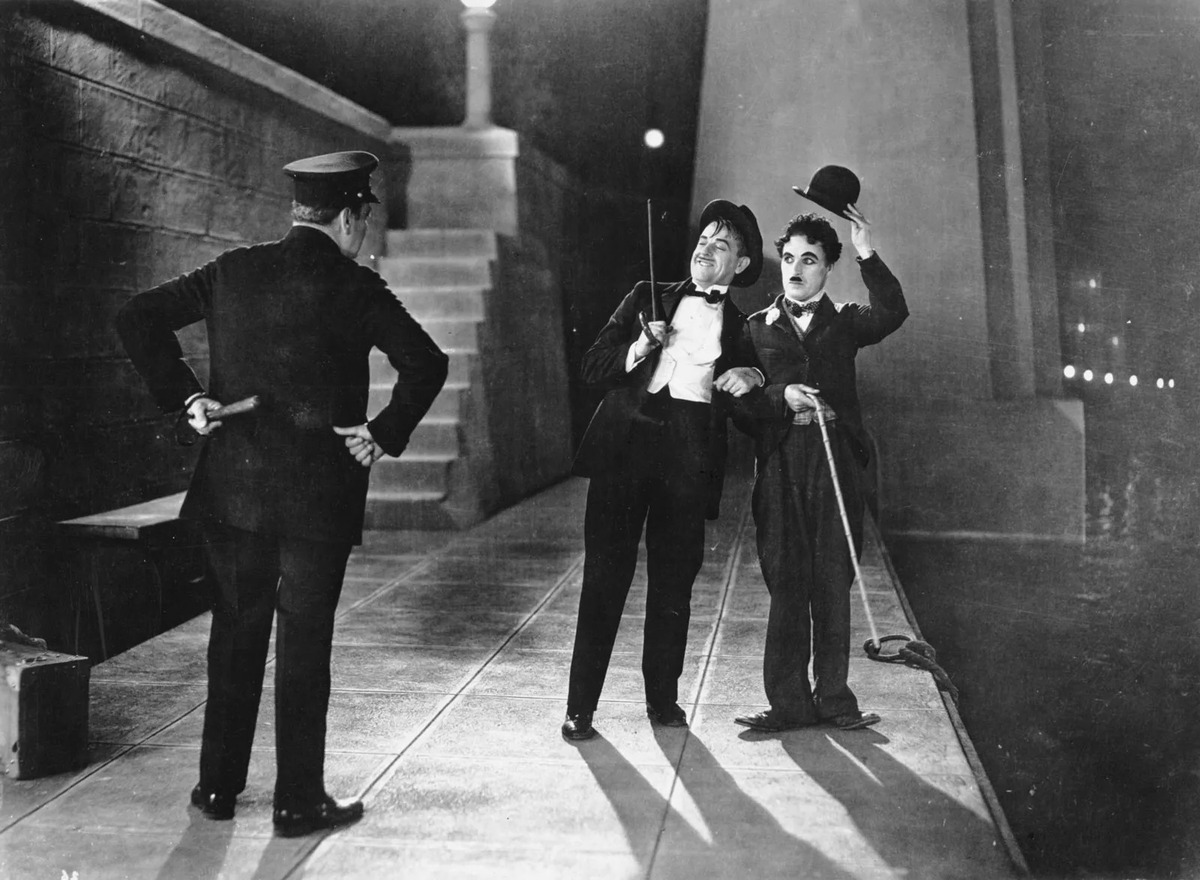
Soviet cinema holds a unique place in film history, blending art and propaganda in ways that still captivate audiences today. From groundbreaking techniques to iconic directors, Soviet films have left an indelible mark on global cinema. Ever wondered how these films managed to combine state ideology with artistic expression? Or how directors like Sergei Eisenstein and Andrei Tarkovsky pushed the boundaries of storytelling and visual style? Soviet cinema isn't just about old black-and-white films; it's a treasure trove of innovation, drama, and cultural significance. Let's dive into 30 fascinating facts that will give you a deeper appreciation for this influential era in film history.
Key Takeaways:
- Soviet cinema's Golden Age (1920s-1950s) produced iconic films like "Battleship Potemkin" and "Alexander Nevsky," shaping modern film editing and influencing global cinema.
- Soviet animation, including classics like "The Snow Queen" and "Hedgehog in the Fog," showcased unique storytelling and moral lessons, leaving a lasting impact on cinematic history.
The Golden Age of Soviet Cinema
Soviet cinema has a rich history filled with groundbreaking films and influential directors. This era, often referred to as the Golden Age, produced some of the most iconic movies in film history.
- The Golden Age of Soviet cinema spanned from the 1920s to the 1950s.
- Sergei Eisenstein, a pioneer of Soviet cinema, directed the influential film "Battleship Potemkin" in 1925.
- "Battleship Potemkin" is famous for its "Odessa Steps" sequence, a hallmark of montage editing.
- Soviet filmmakers often used cinema as a tool for political propaganda.
- The 1930s saw the rise of socialist realism, a style that glorified communist values.
- "Alexander Nevsky," directed by Eisenstein in 1938, is celebrated for its innovative use of music by composer Sergei Prokofiev.
- The film "Chapaev" (1934) became a cultural phenomenon and remains a classic in Russian cinema.
Influential Directors and Their Contributions
Several directors left an indelible mark on Soviet cinema, shaping its direction and style. Their works continue to be studied and admired worldwide.
- Dziga Vertov, known for his documentary style, directed "Man with a Movie Camera" in 1929.
- "Man with a Movie Camera" is renowned for its experimental techniques and lack of a traditional narrative.
- Andrei Tarkovsky, a master of poetic cinema, directed "Andrei Rublev" in 1966.
- Tarkovsky's "Solaris" (1972) is a philosophical sci-fi film that explores human consciousness.
- Lev Kuleshov developed the Kuleshov Effect, demonstrating how editing can influence viewers' perception.
- Kuleshov's experiments laid the groundwork for modern film editing techniques.
- Vsevolod Pudovkin's "Mother" (1926) is a classic example of Soviet montage theory.
Iconic Films and Their Impact
Soviet cinema produced numerous films that left a lasting impact on the industry and audiences alike. These films are celebrated for their artistic and technical achievements.
- "The Cranes Are Flying" (1957) won the Palme d'Or at the Cannes Film Festival.
- "Ivan's Childhood" (1962), directed by Tarkovsky, is a poignant war drama.
- "Ballad of a Soldier" (1959) is praised for its humanistic portrayal of war.
- "War and Peace" (1966-67), directed by Sergei Bondarchuk, is an epic adaptation of Tolstoy's novel.
- "War and Peace" won the Academy Award for Best Foreign Language Film in 1969.
- "The Irony of Fate" (1976) is a beloved Soviet romantic comedy.
- "Moscow Does Not Believe in Tears" (1980) won the Oscar for Best Foreign Language Film.
The Role of Animation in Soviet Cinema
Soviet animation also played a significant role in the country's cinematic history. These animated films were known for their unique styles and storytelling.
- Soyuzmultfilm, founded in 1936, was the leading animation studio in the Soviet Union.
- "The Snow Queen" (1957) is a classic Soviet animated film based on Hans Christian Andersen's fairy tale.
- "Hedgehog in the Fog" (1975), directed by Yuri Norstein, is considered one of the greatest animated films of all time.
- Norstein's "Tale of Tales" (1979) is another highly acclaimed animated short.
- Soviet animation often featured folk tales and moral lessons.
- "Nu, Pogodi!" was a popular animated series similar to "Tom and Jerry."
The Decline and Legacy of Soviet Cinema
The decline of the Soviet Union brought significant changes to its film industry. Despite this, the legacy of Soviet cinema continues to influence filmmakers around the world.
Final Glimpse at Soviet Cinema
Soviet cinema left a lasting mark on film history. From Eisenstein's groundbreaking techniques to Tarkovsky's poetic storytelling, these films pushed boundaries and inspired countless filmmakers worldwide. The state-controlled industry produced both propaganda and artistic masterpieces, reflecting the complex social and political landscape of the USSR.
Despite censorship, directors found creative ways to express their visions. Animation thrived, with Soyuzmultfilm creating beloved classics. The Moscow Film Festival showcased international talent, fostering cultural exchange. Today, Soviet films remain a treasure trove for cinephiles, offering a unique window into a bygone era.
Understanding Soviet cinema helps appreciate its influence on modern filmmaking. These films, with their innovative techniques and compelling narratives, continue to captivate audiences. So, next time you watch a movie, remember the pioneers of Soviet cinema who helped shape the art form we love today.
Frequently Asked Questions
Was this page helpful?
Our commitment to delivering trustworthy and engaging content is at the heart of what we do. Each fact on our site is contributed by real users like you, bringing a wealth of diverse insights and information. To ensure the highest standards of accuracy and reliability, our dedicated editors meticulously review each submission. This process guarantees that the facts we share are not only fascinating but also credible. Trust in our commitment to quality and authenticity as you explore and learn with us.
